CUET PG maths syllabus 2025 topics include Algebra, Real Analysis, Complex Analysis, Integral Calculus, Differential Equations, Linear Programming, and many more. Students must check the detailed syllabus for the CUET PG Maths paper shared here.
Table of Contents
The CUET PG Maths syllabus PDF download link has been released on the official website at pgcuet.samarth.ac.in by the conducting authority, National Testing Agency (NTA). The syllabus topic includes Algebra, Real Analysis, Complex Analysis, Integral Calculus, Differential Equations, Vector Calculus, and Linear Programming.
The common university entrance exam (postgraduate) Mathematics exam offers students a pathway to enroll in postgraduate mathematics programs at various universities across India. Candidates are encouraged to review the syllabus to understand the frequently asked topics thoroughly. The CUET PG 2025 Maths syllabus comprises fundamental subjects and topics that test candidates’ knowledge acquired during their undergraduate studies.
CUET PG Math Syllabus PDF Download Link 2025
Applicants must abide CUET PG syllabus 2025 before making the exam preparation plan. In addition, students can download the PDF of CUET PG Math syllabus from the table given below.
| Particulars | Details |
| CUET PG Math Syllabus 2025 | Download PDF |
CUET PG Maths Syllabus Details 2025
The CUET PG syllabus 2025 for Maths comprises topics like Algebra, Real Analysis, Complex Analysis, Integral Calculus, Differential Equations, Linear Programming, and Vector Calculus.
Here below are the topic-wise details of the CUET PG Maths Exam.
Algebra
Applicants must check the detailed syllabus of the Algebra paper mentioned below.
Group Theory:
- Groups, Subgroups, Abelian Groups, Non-Abelian Groups, Cyclic Groups, Permutation Groups
- Normal Subgroups, Lagrange’s Theorem, Group Homomorphism, Quotient Groups
Ring Theory:
- Rings, Subrings, Ideals, Prime Ideals, Maximal Ideals
- Fields, Quotient Field
Linear Algebra:
- Vector Spaces, Linear Dependence and Independence, Basis, Dimension
- Linear Transformations, Matrix Representation, Range Space, Null Space, Rank-Nullity Theorem
- Rank, Inverse of a Matrix, Determinant, Systems of Linear Equations, Consistency Conditions
- Eigenvalues and Eigenvectors, Cayley-Hamilton Theorem
- Symmetric, Skew-Symmetric, Hermitian, Skew-Hermitian, Orthogonal, Unitary Matrices
Real Analysis
The detailed syllabus for the Real Analysis paper has been mentioned below for reference.
Sequences and Series:
- Sequences and series of real numbers
- Convergent and divergent sequences, bounded and monotone sequences
- Convergence criteria for sequences of real numbers, Cauchy sequences
- Absolute and conditional convergence
- Tests of convergence for series of positive terms: comparison test, ratio test, root test
- Leibniz test for convergence of alternating series
Functions of One Variable:
- Limit, continuity, differentiation
- Rolle's Theorem, Cauchy’s Theorem, Taylor's Theorem
- Interior points, limit points, open sets, closed sets, bounded sets, connected sets, compact sets
- Completeness of Power series, including Taylor's and Maclaurin's
- Domain of convergence, term-wise differentiation, and integration of power series
Functions of Two Real Variables:
- Limit, continuity, partial derivatives, differentiability
- Maxima and minima, Method of Lagrange multipliers
- Homogeneous functions, including Euler's Theorem
Complex Analysis
Applicants must check the detailed Compex Analysis paper syllabus provided below.
- Functions of a complex variable
- Differentiability and analyticity
- Cauchy-Riemann Equations
- Power series as an analytic function
- Properties of line integrals
- Goursat's Theorem, Cauchy’s Theorem, consequences of simple connectivity
- Index of closed curves
- Cauchy’s Integral Formula
- Morera’s Theorem
- Liouville’s Theorem
- Fundamental Theorem of Algebra
- Harmonic functions
Integral Calculus
The detailed syllabus shared for the Integral Calculus paper will help the students prepare effectively for the paper.
Integration as the Inverse Process of Differentiation:
- Integration reverses differentiation.
Definite Integrals and Their Properties:
- Definite integrals calculate the area under a curve between two limits.
- Properties include linearity and additivity.
Fundamental Theorem of Integral Calculus:
- Connects differentiation and integration, stating that the definite integral of a derivative gives the net change of the function.
Double and Triple Integrals:
- Double Integrals: Integrate functions of two variables.
- Triple Integrals: Integrate functions of three variables.
Change of Order of Integration:
- Allows for changing the order of integration in double integrals.
Calculating Surface Areas and Volumes Using Double Integrals:
- Used for finding surface areas and volumes in two-dimensional space.
Calculating Volumes Using Triple Integrals:
- Used for calculating volumes in three-dimensional space.
Applications:
- Used to find areas, volumes, and average values.
Differential Equations
Students must check the Differential Quations paper syllabus provided below.
Ordinary Differential Equations (ODEs):
- First-order ODEs of the form.
Bernoulli's Equation:
- A specific type of first-order differential equation that can be transformed into a linear form.
Exact Differential Equations:
- Equations that can be expressed as a total differential, allow for direct integration.
Integrating Factor:
- A function used to multiply a non-exact differential equation to make it exact.
Orthogonal Trajectories:
- Curves that intersect a family of curves at right angles.
Homogeneous Differential Equations:
- Equations that can be expressed in a separable form.
Separable Solutions:
- Solutions are derived by separating variables and integrating them.
Linear Differential Equations:
- Second-order and higher-order linear differential equations with constant coefficients.
Method of Variation of Parameters:
- A technique for finding particular solutions to non-homogeneous linear differential equations.
Cauchy-Euler Equation:
- A type of linear differential equation with variable coefficients that can be solved using specific methods.
Vector Calculus
The detailed syllabus of the Vector Calculus paper has been mentioned below.
Scalar and Vector Fields:
- Scalar Fields: Functions that assign a single value (a scalar) to every point in space.
- Vector Fields: Functions that assign a vector to every point in space.
Gradient:
- A vector that represents the rate and direction of change of a scalar field.
Divergence:
- A scalar that measures the magnitude of a vector field's source or sink at a given point.
Curl:
- A vector that measures the rotation of a vector field around a point.
Laplacian:
- A scalar operator that combines divergence and gradient, providing information about the rate of change of a field.
Integrals:
- Scalar Line Integrals: Integrate scalar fields along a curve.
- Vector Line Integrals: Integrate vector fields along a curve.
- Scalar Surface Integrals: Integrate scalar fields over a surface.
- Vector Surface Integrals: Integrate vector fields over a surface.
Theorems and Applications:
- Green's Theorem: Relates line integrals around a simple closed curve to double integrals over the plane region it encloses.
- Stokes' Theorem: Relates surface integrals of vector fields to line integrals around the boundary of the surface.
- Gauss' Theorem (Divergence Theorem): Relates the flux of a vector field through a closed surface to the divergence of the field in the volume enclosed.
Linear Programming
Candidates must check the Linear Programming paper syllabus shared below for reference.
Convex Sets:
- A set where any line segment connecting two points in the set lies entirely within the set.
Extreme Points:
- Points in a convex set that cannot be expressed as a combination of other points in the set.
Convex Hull:
- The smallest convex set contains a given set of points.
Hyperplanes and Polyhedral Sets:
- Hyperplane: A flat affine subspace of one dimension less than its ambient space, used to separate different regions of space.
- Polyhedral Sets: Sets are defined by a finite number of linear inequalities, forming a polyhedron.
Convex and Concave Functions:
- Convex Functions: Functions where the line segment between any two points on the graph lies above or on the graph.
- Concave Functions: Functions where the line segment between any two points on the graph lies below or on the graph.
Concept of Basis:
- A set of linearly independent vectors that can be used to describe other vectors in the space.
Basic Feasible Solutions:
- Solutions to a linear programming problem that satisfies all constraints and has many non-zero variables equal to the number of constraints.
Formulation of Linear Programming Problem (LPP):
- The process of defining a linear programming problem, including the objective function, constraints, and variables.
Graphical Method of LPP:
- A visual approach to solving linear programming problems with two variables by graphing the constraints and identifying the feasible region.
Simplex Method:
- An algorithm for solving linear programming problems, moving along the edges of the feasible region to find the optimal solution.
Adhering closely to the CUET PG maths syllabus will provide a comprehensive understanding of the fundamental concepts of mathematics covered in this course.
Mastery of these topics is crucial for developing strong analytical and problem-solving skills, which are applicable across various disciplines and real-world scenarios.
Covering the whole syllabus will not only lay a solid foundation for the future academic and professional world but will also allow you to score high in the CUET PG Mathematics Examination.
How to Download CUET PG Maths Syllabus PDF?
The CUET PG maths syllabus is very crucial as it also helps to understand the CUET PG exam pattern 2025 . Meanwhile, you can download the previous year's syllabus by following the steps given below.
- Visit the Official Website: Go to pgcuet.samarth.ac.in.
- Navigate to Syllabus Section: On the homepage, look for the "Syllabus" link. This is typically found in the main menu or under a section labeled “Information.”
- Select Mathematics Syllabus: Within the syllabus section, search for "Mathematics (SCQP19)." This document specifically contains the syllabus for CUET PG in Mathematics.
- Download the PDF: Click on the syllabus title to view or download the document in PDF format.
This syllabus document is provided by the National Testing Agency (NTA) and will outline all the topics covered in the CUET PG Mathematics exam.
CUET PG Maths Syllabus Overview 2025
Applicants must check the highlights for the CUET PG 2025 syllabus mentioned in the tabular below. The table shared will help the candidates in learning the CUET syllabus in detail.
| Particulars | Details |
| Exam | Common University Entrance Exam |
| Body | National Testing Agency |
| Mode of Exam | Online |
| Medium | English/Hindi |
| Duration of Exam | 90 Minutes |
| Type of Questions | Multiple Choice Questions |
| Frequency | Once in a year |
| Total Marks | 300 |
| Subject Code | SCQP19 |
| Total number of questions | 75 |
| Section | 1 |
| Syllabus | Domain-Specific Questions of Undergraduate level |
| Negative Marking | Yes |
| Marking Scheme |
+4 marks for a correct answer -1 mark for an incorrect answer 0 marks for unattended questions |
| Official Website | pgcuet.samarth.ac.in |
CUET PG Maths Syllabus Tips and Tricks 2025
There is no specific guide to preparing for an examination. Students always have to figure out their weaknesses and work on their strengths. Moreover, CUET PG previous year question papers can give an overview of the paper pattern and syllabus coverage to prepare efficiently.
However, here are some expert-curated tips and tricks to boost your preparation.
- Familiarise Yourself with the Syllabus: Gain a clear understanding of the entire syllabus to prioritize your study topics based on their relevance and complexity.
- Develop a Study Plan: Create a structured timetable that allocates sufficient time for each topic, ensuring you cover everything while also incorporating time for review.
- Engage in Regular Practice: Work on a variety of mathematical problems to strengthen your grasp of concepts and enhance your ability to solve different types of questions.
- Analyse Exam Conditions with Mock Tests: Take practice exams under timed conditions to familiarise yourself with the test format and improve your time management skills.
- Consistent Review and Revision: Regularly revisit key concepts and formulas, and prepare concise summary notes for quick reference, especially as the exam date approaches.

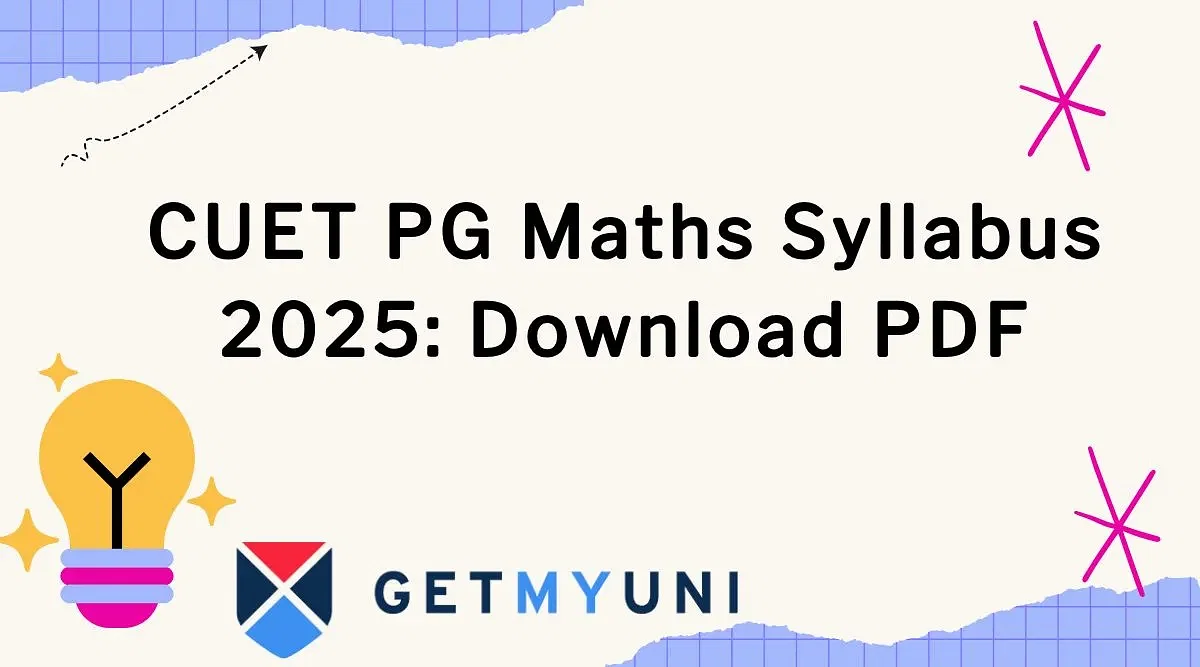

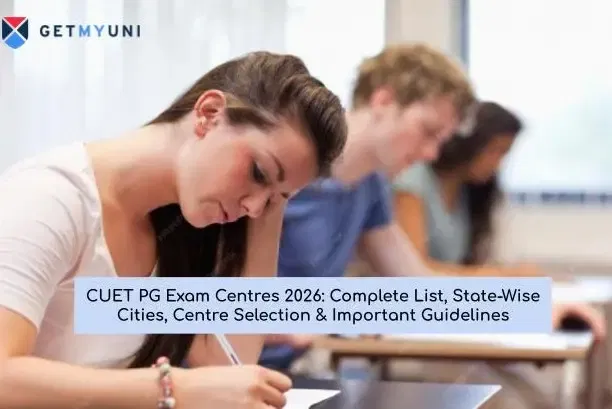

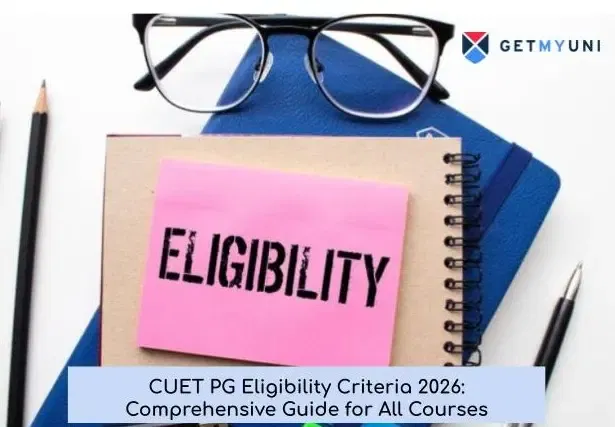

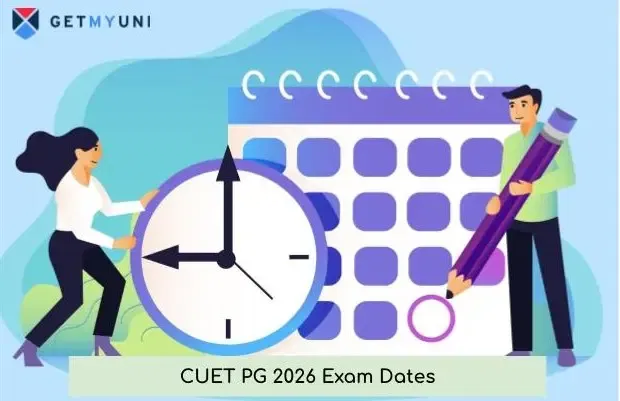




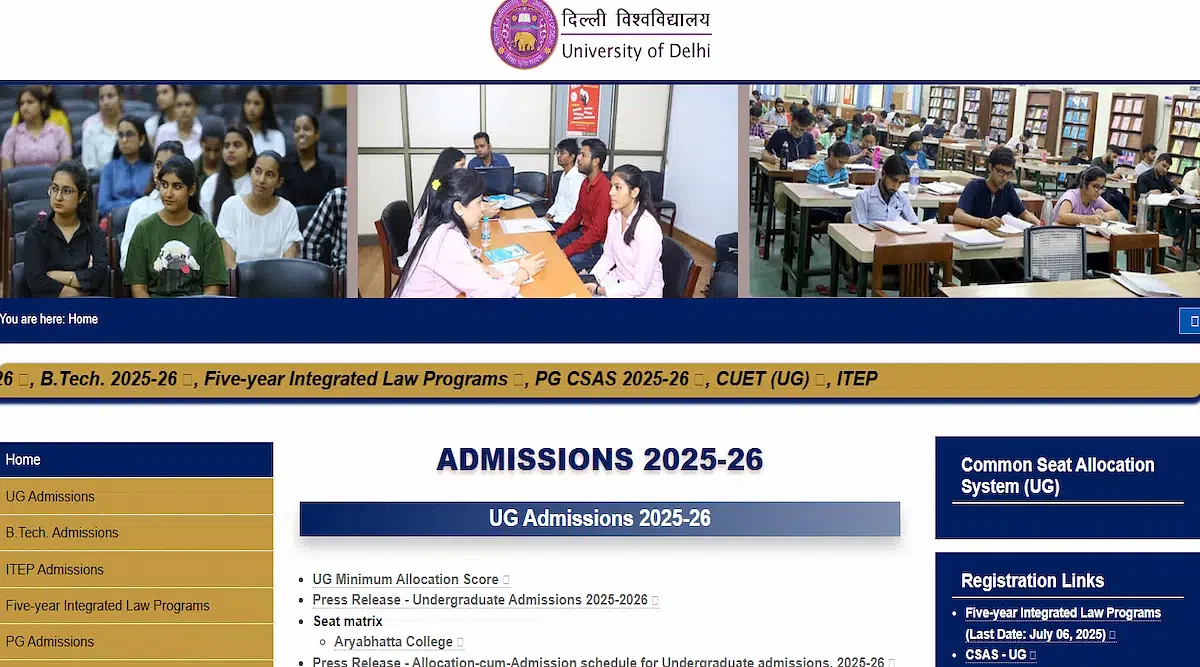



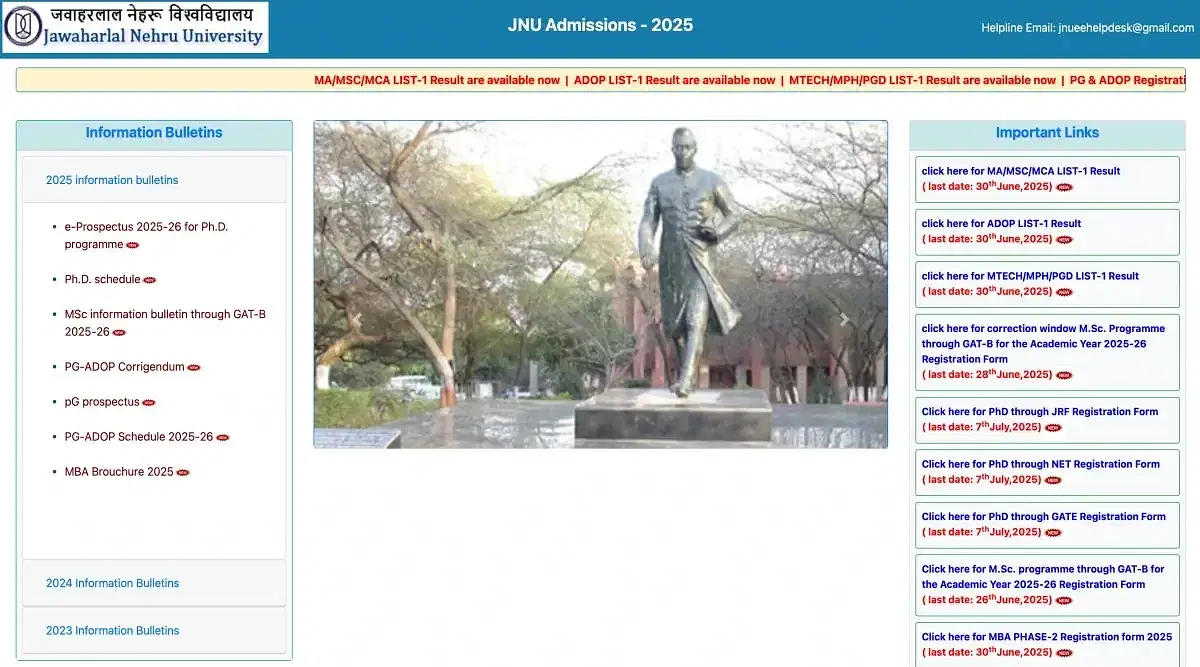






POST YOUR COMMENT